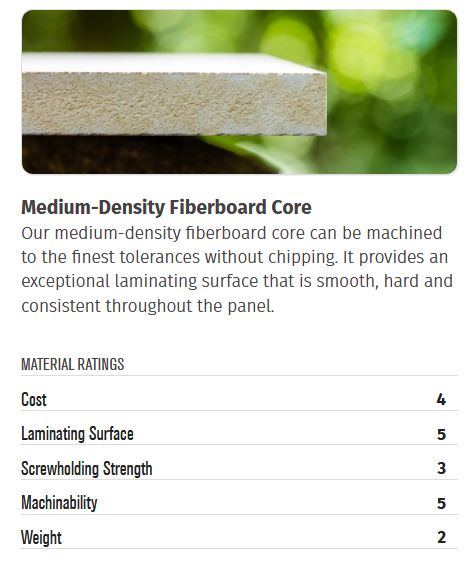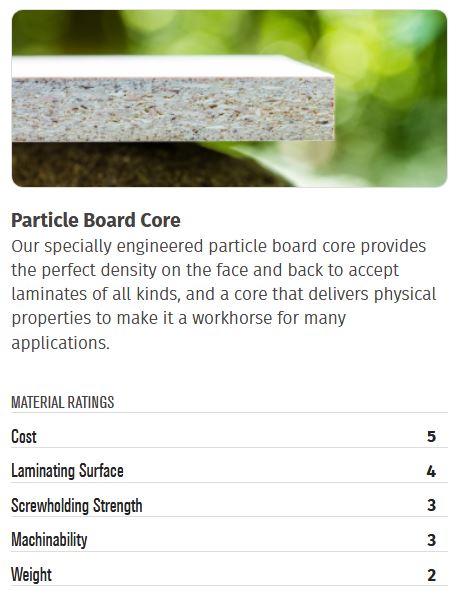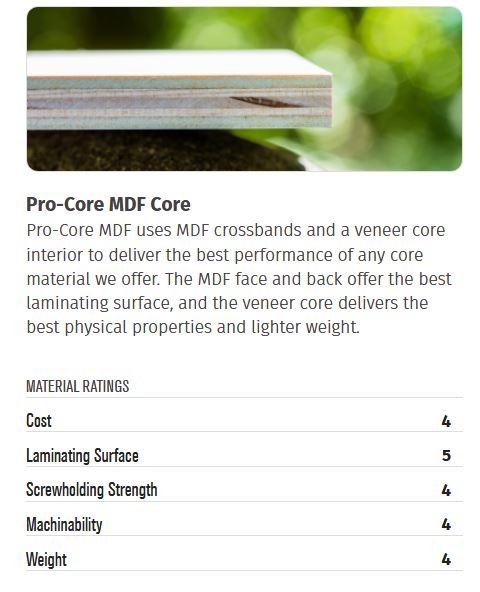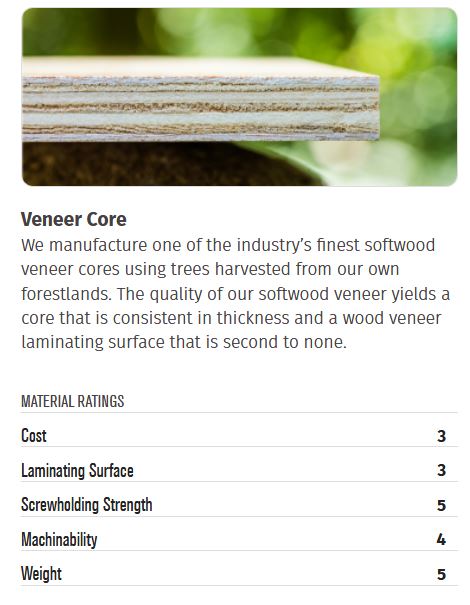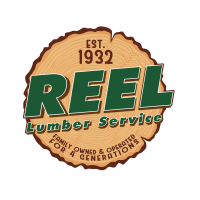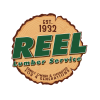Plywood FAQs
What is plywood? What’s the difference between rift cut and plain cut? Should I use a Veneer Core or a Pro Core? If you’ve got questions about plywood, we have the answers! We hope the information contained within this page will help guide your purchases.
What is Plywood?
Plywood is an engineered wood product consisting of three to seven layers of thin sheets of wood veneer that are then glued together. Each veneer is laid with its grain at a right angle to the last (or tighter angles such as 45 degrees in some plywood). This is done to create a product with high dimensional stability that resists splitting and warping.
What is a Core?
The core is any substrate that has a wood veneer ply on the face and/or back applied to it with an adhesive. There are many different types of cores, including medium-density fiberboard (MDF), veneer core, pro-core and particleboard core.
What are the different Plywood grades ?
Plywood is graded A-D (best to worst) for its front face and 1-4 (best to worst) for its back. A1, A2, B1, and B2 are acceptable for applications where both sides will be seen, while A4 or B4 would be fine for projects where the back will not show.
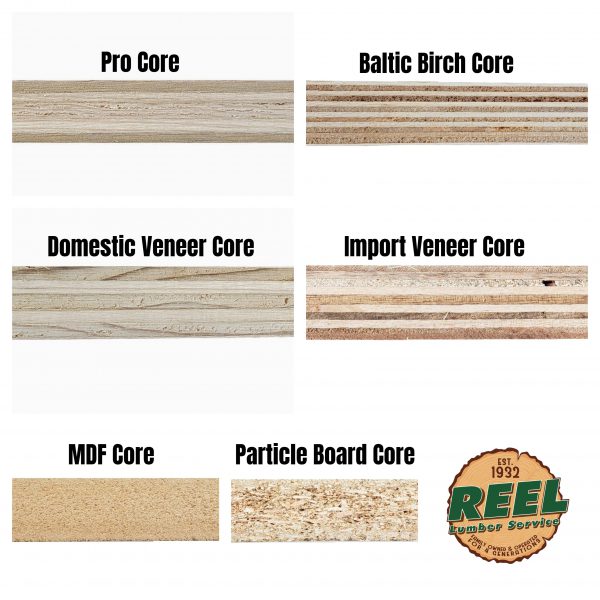
Types of Veneer Cuts
Flat/Plain Slice
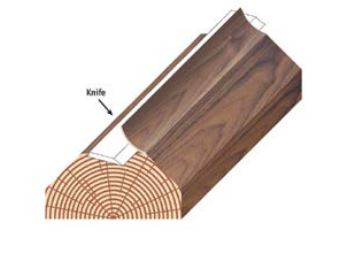
Plain Slicing or Flat Cut: The most common slicing method that produces a distinct cathedral grain veneer. A half log, or flitch, is mounted so that the veneer is cut along the growth rings, parallel to a line through the center of the log.Ideal for: Any application where an eye-catching pattern is desired at an affordable cost; of the slicing methods, plain slicing is the least expensive.
Quarter Slice
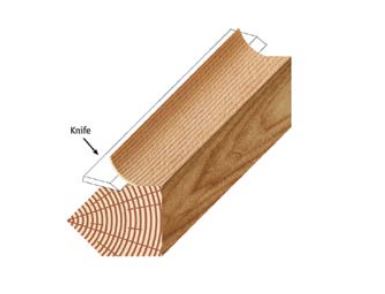
Quarter Slicing: Produces a narrow, striped grain veneer where the growth rings of the log strike the blade at approximately right angles. Some species will create a series of straight stripes, while others’ stripes may be varied in angle and length. Red and white oak produce a pronounced flake pattern when quarter sliced, while mahogany creates a ribbon stripe pattern.Ideal for: Mission-style or other applications requiring a uniform appearance with generous ray flaking. More cost-effective than rift-cutting.
Rift Slice
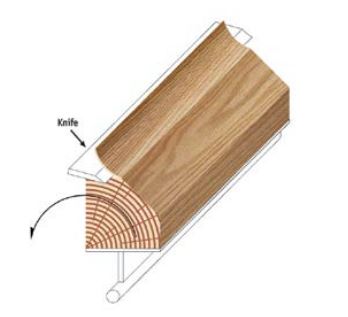
Rift Cut: Produces a rift or comb grain effect similar to that of quarter slicing, but generally is only used with red and white oak. This process minimizes ray flake as the log is cut at an angle of about 15 percent off the quartered position.Ideal for: An application calling for uniform white or red oak appearance without ray flake. Generally higher in cost due to low yields.
Rotary Slice
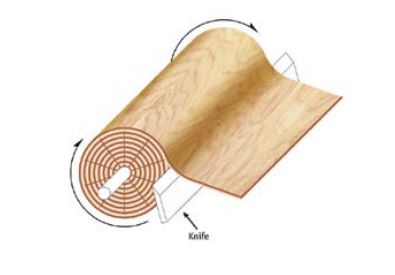
Rotary: The log is centered in the lathe and turned against a knife blade at a slight angle following the log’s annular growth rings, producing a multi-patterned grain veneer.Ideal for: Large surface applications where a broad grain pattern will suffice. Rotary cut sheets are generally less expensive than sliced veneer and can yield whole piece face sheets.
